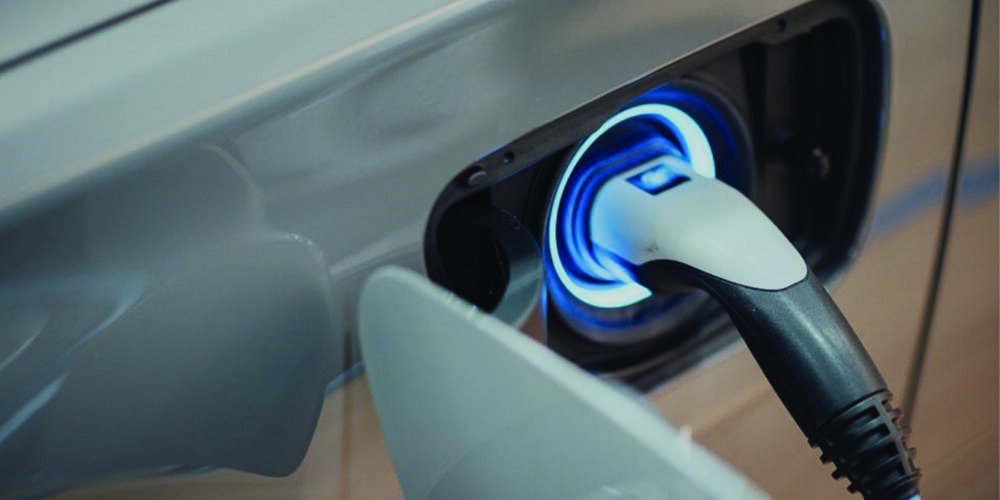In 1994, I was working at major chain repair/tire shop in Birmingham MI, as a service writer. I had not been there too long and was just learning the ropes. The shop was located in an affluent suburb of Detroit. The customers were a mixture of old money, new money and retiree money from folks enjoying their “golden handshake” pensions from the Big Three.
I had made it through the morning rush of people dropping off their cars for the day while they negotiated a ride to work, and we were just starting to see the “early lunch crowd” trying to get a single tire replaced on their leased vehicles.
I can’t remember her name anymore, but it was one of those names that was sophisticated, but sounded like one a grandmother should have. She was in her mid-70s, but was still active and independent.
I have to confess, I have a real soft spot for old ladies. It is one of those involuntary reactions that I picked up from my grandmother and little old ladies from church. I just can’t help being extremely nice to them.
She said that her son noticed that the rear tires were starting to wear unevenly, especially the right rear. I got her last name and started a repair order on the computer. She was a regular customer.
Her car was a 1986 Ford Taurus Wagon with about 52,000 miles. It was one of those vehicles a person buys right after they retire, hoping it would be the last car they ever have to buy. It was now eight-years old and a victim of Michigan’s potholes.
She asked if we could look at it while she waited. One of our techs was free at the time and he got it in right away. He gave the car a test drive and an inspection on the alignment rack.
The cause of the uneven rear tire wear was the lower control arms. The arms and bushings had seen their share of abuse and they were causing the toe and camber to be out of specification. Unfortunately, to adjust the control arms required special parts.
He also noted that all four tires should be replaced due to wear. Also, he recommended that all four struts needed replacement. On top of that, the front brakes were getting low.
I got on the phone with my parts suppliers for the camber and toe adjustment kit. I also priced out the set of tires, struts and brakes. To fix everything, the grand total was around $1,300. I looked at the total on my calculator and started to second-guess my calculations and the technician’s recommendations. To me, $1,300 was a lot of money.
I looked at the old lady in the waiting room while I was pondering my moral dilemma. I thought she could probably get by without new struts because she drove like an old lady. Also, if I just sold her the tires without bringing the car into alignment, chances are the tires would outlive her (morbid thought, I know).
It was also in the back of my mind that one of her family members could come storming into the shop saying that I ripped off grammy to the tune of $1,300!
I went back into the shop to talk to the tech to get his opinion. He pointed out all of his recommendations and the extent of the problems with the rear camber and toe. I felt really bad for second guessing him.
With the estimate in hand, I sat down next to her and explained the estimate. I could not lie to an old lady. I went down the list item by item explaining why each needed to be done. She approved all the repairs, and even asked for an oil change.
I couldn’t help but feel guilty and overjoyed at the same time. It was a weird melancholy feeling that was punctuated by questions of doubt and self-loathing.
It wasn’t until she came to pick up the car that I realized I had done the right thing.
When I was writing up the estimate, I looked at costs from my perspective and experiences. I was not looking at it from the customer’s perspective. At the time, I was young, stupid and drove some of the most dangerous vehicles in terms of unperformed repairs because I knew that I could fix it “someday.” I believed in the philosophy that a car was half worn, not half broken.
For the old lady, I sat down with her and I explained to her what it would take to bring her vehicle back to normal operating conditions, which is what she wanted. Cost to her was a secondary factor. For the first time, I left my empathy and assumptions at the door and told the customer what the shop could do for them. There was no fancy sales mind games with this approach.
She was satisfied with the service and even wrote a nice thank you card.













